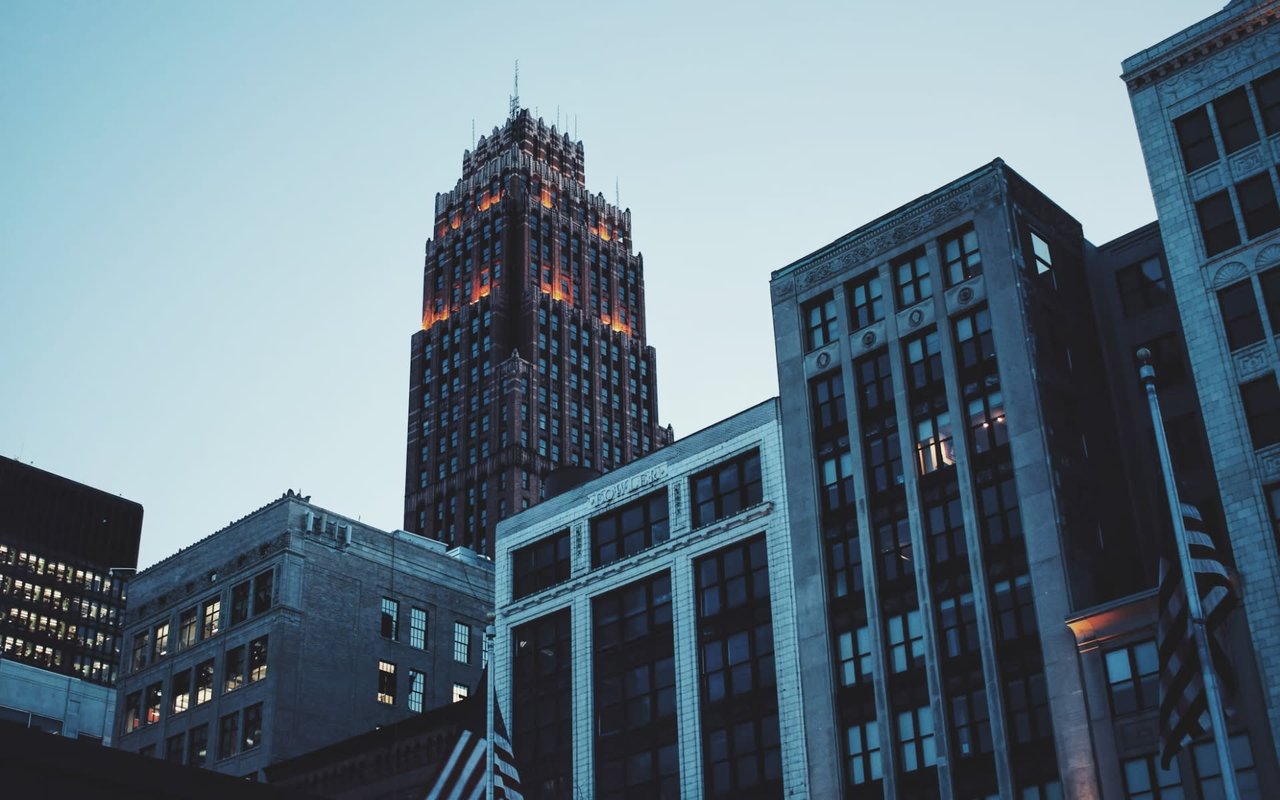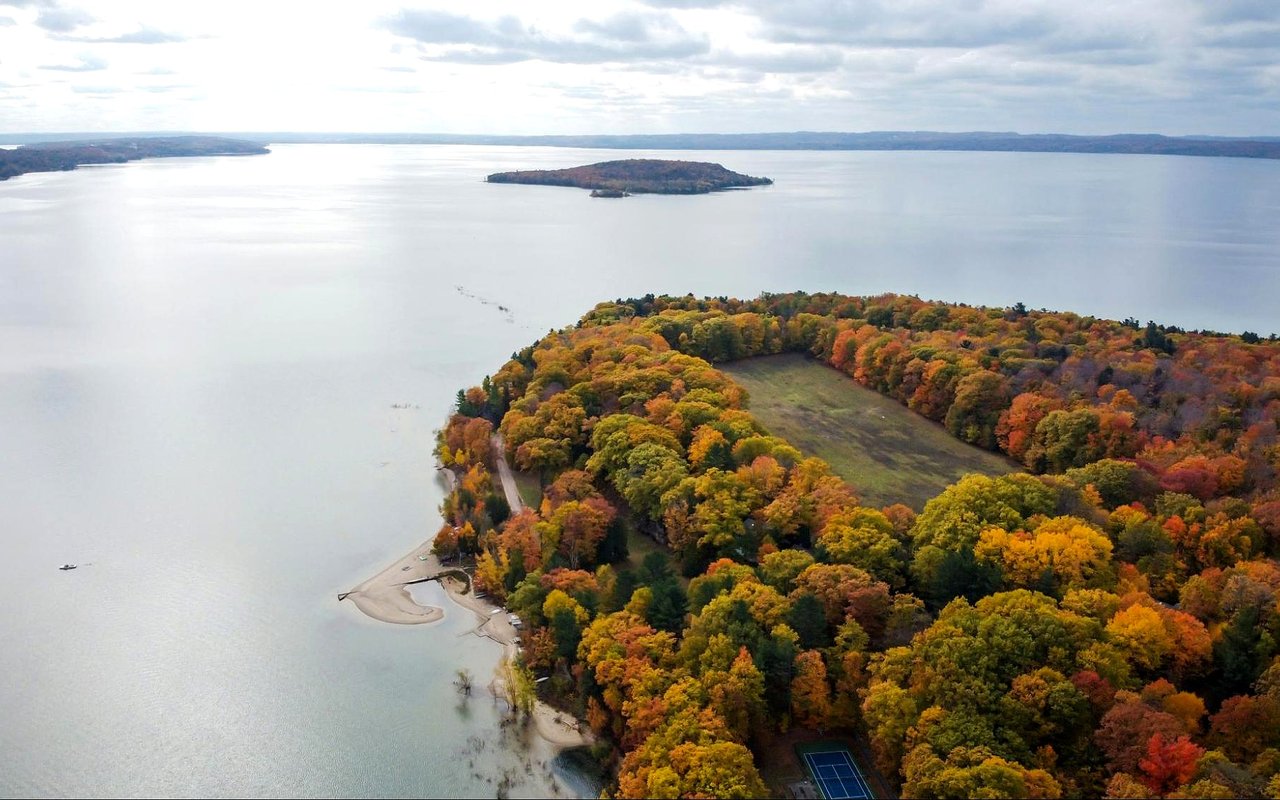Traverse City, MI, is where history meets modernity, offering a unique blend of architectural landmarks that reflect its rich heritage and contemporary growth. This article explores some of the most significant buildings in the area, highlighting their historical and architectural significance. Whether you’re a history buff, an architecture enthusiast, or someone looking to invest in Traverse City, MI, real estate, these landmarks offer a glimpse into the city’s architectural diversity.
The City Opera House
The City Opera House is one of Traverse City’s most iconic landmarks. Built in 1891, this Victorian-era structure is a testament to the city’s cultural and architectural heritage. The Opera House, with its ornate façade and intricate interior design, serves as a hub for performing arts in the region. It was meticulously restored in the late 20th century, ensuring that its historical charm was preserved while integrating modern amenities. The City Opera House continues to host various events, from theatrical performances to community gatherings, making it a vibrant part of Traverse City’s cultural scene.
The Village at Grand Traverse Commons
The Village at Grand Traverse Commons is a unique example of adaptive reuse in architecture. Built initially as the Traverse City State Hospital in the late 1800s, this sprawling complex has been transformed into a mixed-use development that includes residential, commercial, and public spaces. The Italianate architecture, characterized by its arched windows and decorative brickwork, has been preserved and enhanced, making it a visually striking landmark. The Village is a prime example of how historical buildings can be repurposed to meet contemporary needs while retaining their historical essence.
Perry Hannah House
The Perry Hannah House, also known as the "Queen Anne of the North," is a stunning example of Queen Anne-style architecture. Built in 1891 for Perry Hannah, one of Traverse City’s founding fathers, this grand residence showcases the elaborate detailing and eclectic style typical of the era. The house features a turret, expansive porches, and intricate woodwork, reflecting the wealth and status of its original owner. Today, the Perry Hannah House is a private residence but remains a point of interest for those exploring Traverse City’s architectural heritage.
Park Place Hotel
The Park Place Hotel is a landmark that has been part of Traverse City’s skyline since 1930. This Art Deco building, with its distinctive tower and elegant design, is a reminder of the city’s growth during the early 20th century. The hotel has been modernized over the years, yet it retains its historical charm, making it a popular choice for visitors and a notable piece of the city’s architectural tapestry. The Park Place Hotel’s blend of history and modernity exemplifies the ongoing evolution of Traverse City’s built environment.
Central United Methodist Church
Central United Methodist Church is another significant architectural landmark in Traverse City. Built in 1891, this Romanesque Revival-style church is known for its imposing stone façade, tall steeple, and intricate stained-glass windows. The church’s architecture reflects the grandeur and attention to detail typical of late 19th-century ecclesiastical buildings. It has been a central part of the community for over a century, serving as a place of worship and as a venue for various community events and activities.
Traverse City State Bank Building
The Traverse City State Bank Building, constructed in 1901, is a prominent example of Beaux-Arts architecture in the city. This historic building features a grandiose façade with classical columns, detailed cornices, and large arched windows that exude elegance and stability. Over the years, the building has housed various financial institutions and businesses, playing a vital role in the economic development of Traverse City. Today, it remains a symbol of the city's financial history and architectural heritage, continuing to function as a key commercial space in downtown Traverse City.
Dennos Museum Center
The Dennos Museum Center, located on the campus of Northwestern Michigan College, is a notable example of modern architecture in Traverse City. Opened in 1991, the museum’s design incorporates clean lines, expansive glass windows, and an open, inviting layout. The architecture of the Dennos Museum Center complements its mission to provide a space for art, music, and cultural education. The building itself is a work of art, reflecting contemporary design principles while serving as a cultural hub for the community.
The State Theatre
The State Theatre is a beloved Traverse City landmark with a rich history dating back to its original opening in 1916. The theater, which features a blend of Classical Revival and Art Deco styles, was meticulously restored in the early 2000s with the help of filmmaker Michael Moore and the Traverse City Film Festival. Today, the State Theatre is a vibrant cultural venue, hosting film screenings, events, and festivals. Its architectural details, including the iconic marquee and plush interiors, make it a cherished part of the city’s cultural and architectural landscape.
Explore Traverse City, MI
Traverse City, MI, is where architectural history and modern development coexist harmoniously. From the Victorian elegance of the City Opera House to the adaptive reuse of the Village at Grand Traverse Commons, the city’s landmarks reflect its dynamic heritage and forward-looking spirit. These buildings not only serve as points of interest for residents and visitors but also contribute to the unique character of Traverse City.
Contact Jennifer Hastings today if you want to explore real estate opportunities in Traverse City, MI. Jennifer’s expertise in real estate in Traverse City, MI, can help you find the perfect property that combines historic charm with modern amenities.
Contact Jennifer Hastings today if you want to explore real estate opportunities in Traverse City, MI. Jennifer’s expertise in real estate in Traverse City, MI, can help you find the perfect property that combines historic charm with modern amenities.




